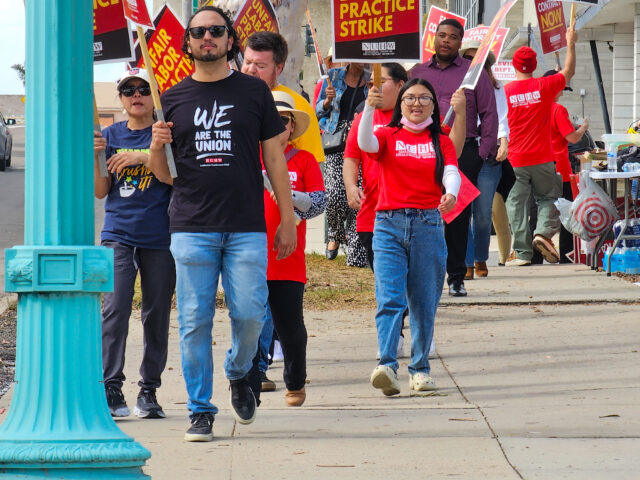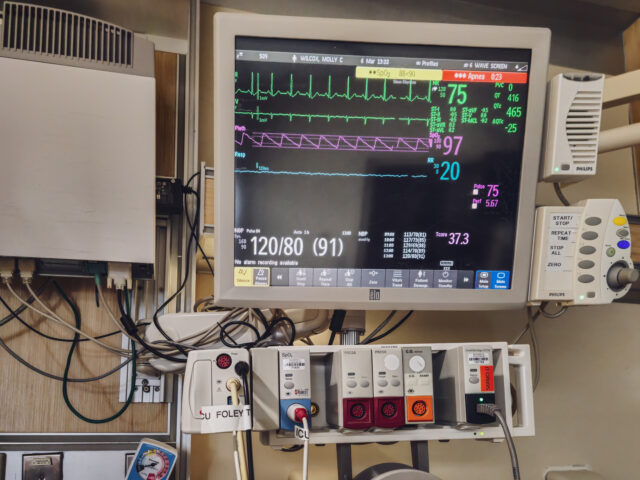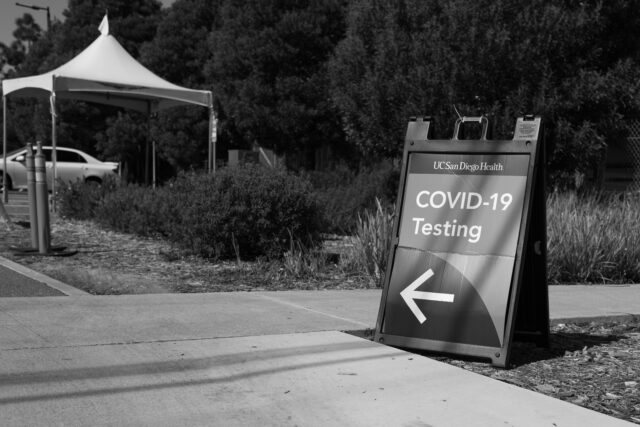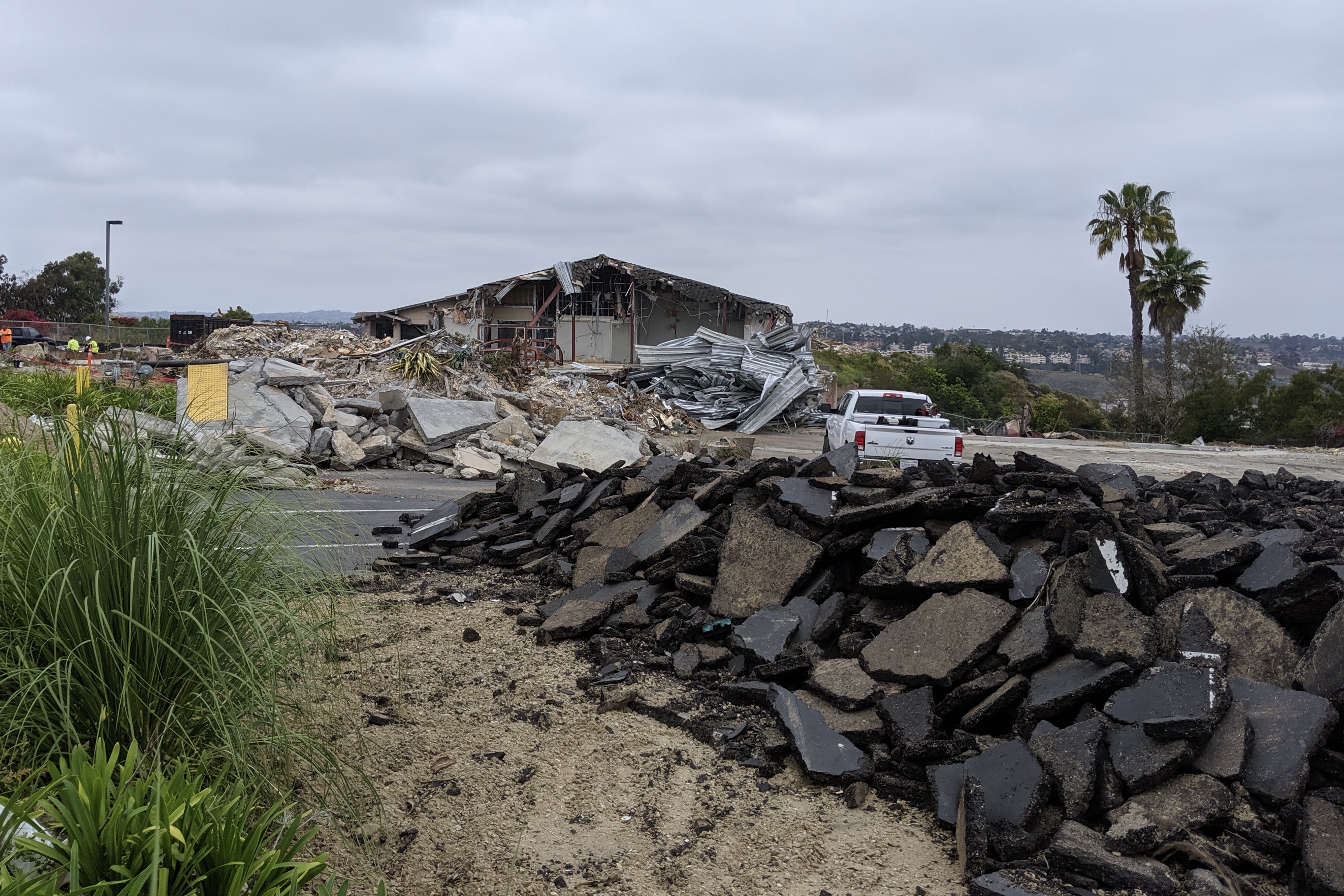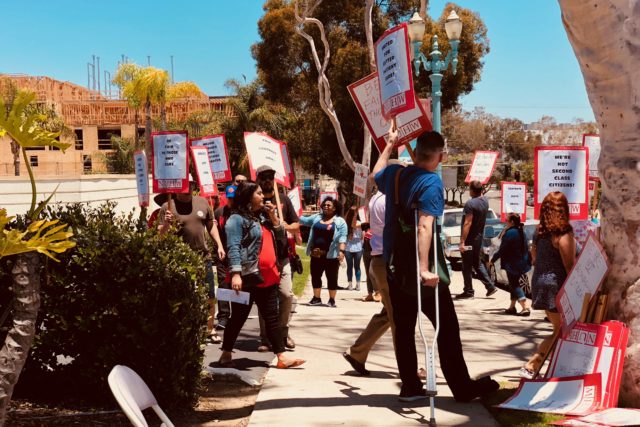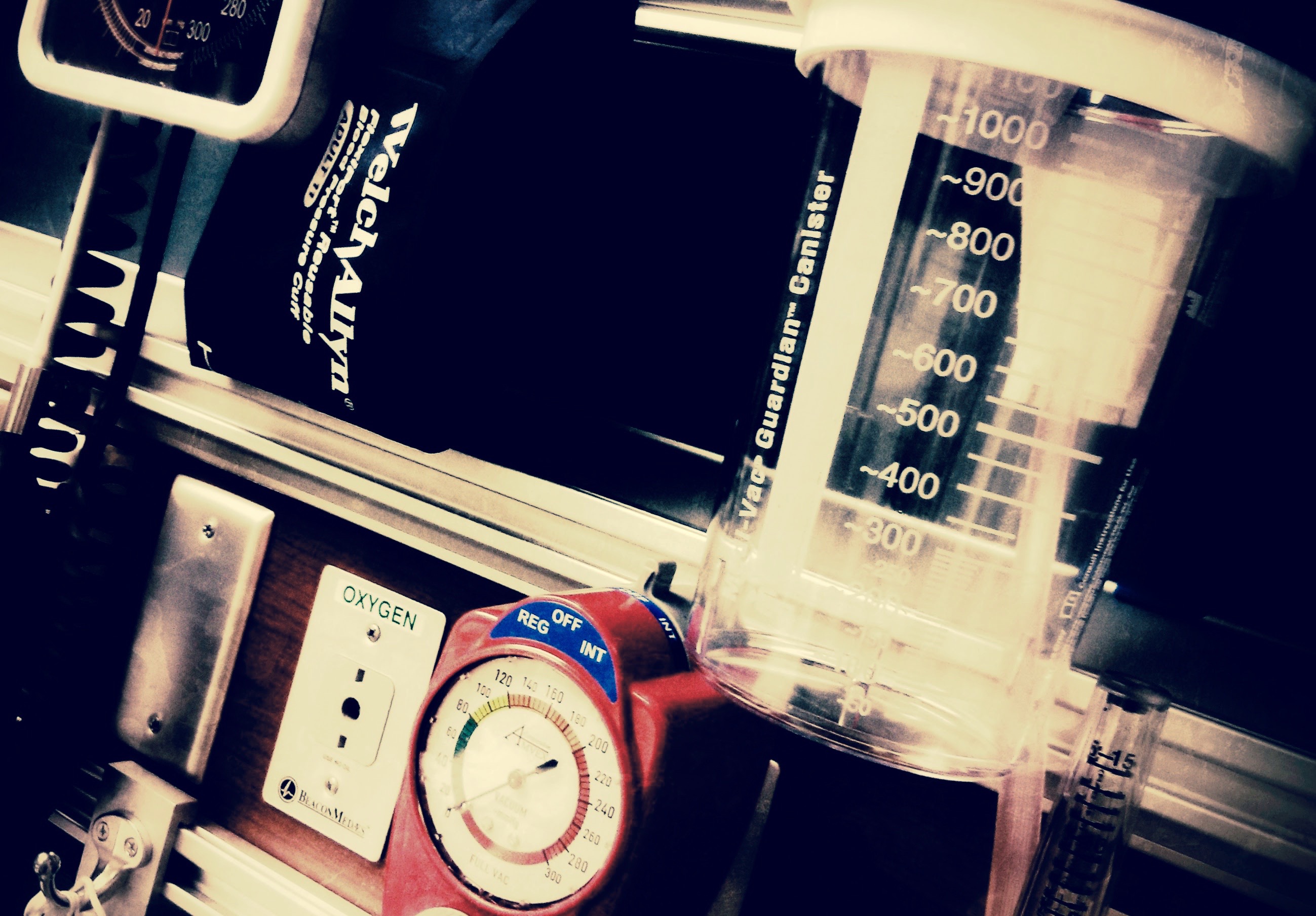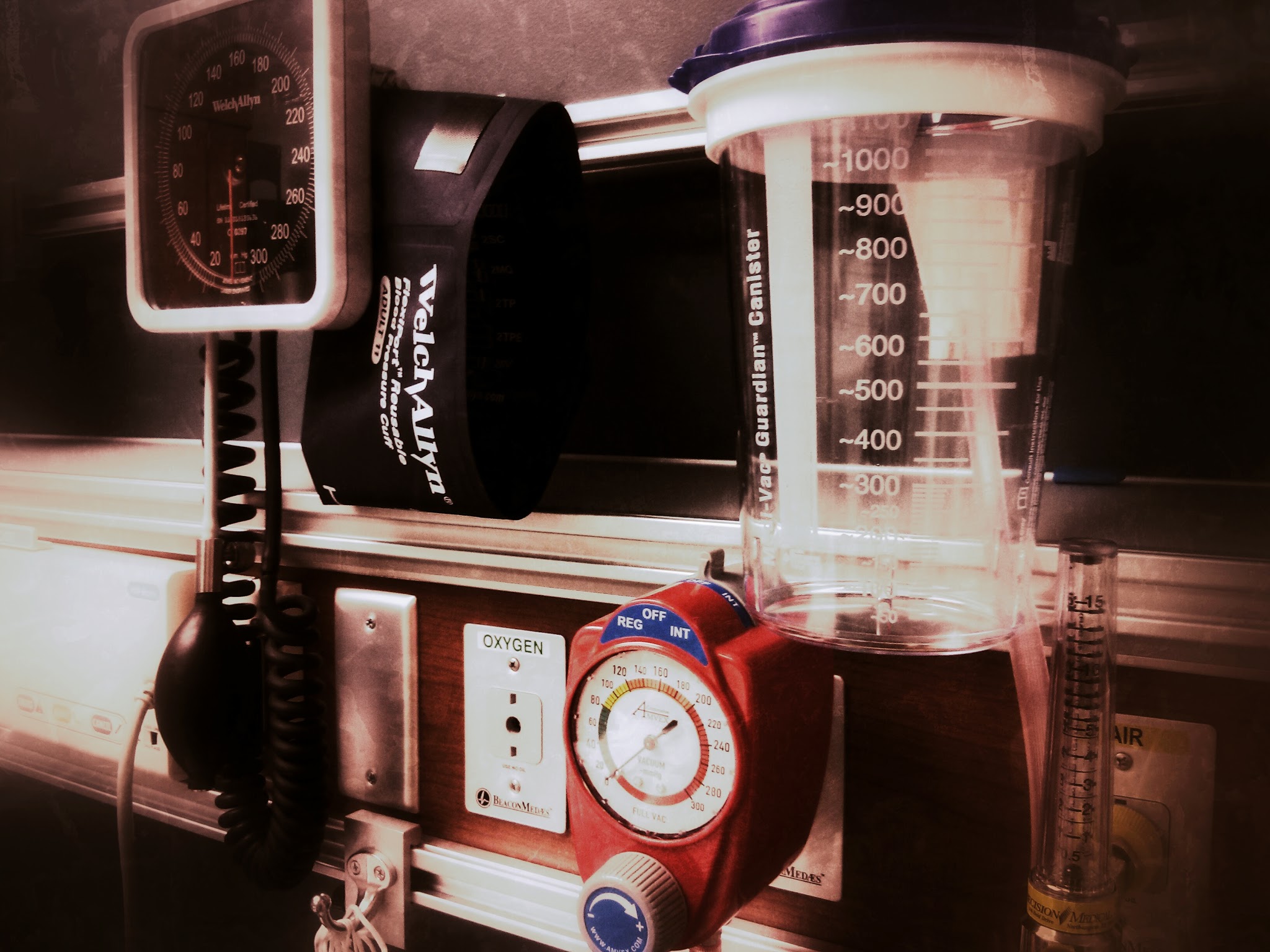Six weeks or so since my last haircut and sports medicine specialist appointment today compelled me to get a trim yesterday afternoon from the Barber of Seville, who at 80ish continues to cut clients’ mops. His shop is located along the main business blocks of Park Blvd in University Heights.
I was on time, but George was late—focused on another customer who dragged out the cut with conversation. While waiting outside, I marveled at the turning colors of leaves on several trees. San Diego’s mild Mediterranean climate and Southern latitude (for the Northern Hemisphere) typically mean later-year seasonal change for deciduous trees. Leaves bursting with color, and being shed, is something seen in December for sure. November timing grabbed my attention.

